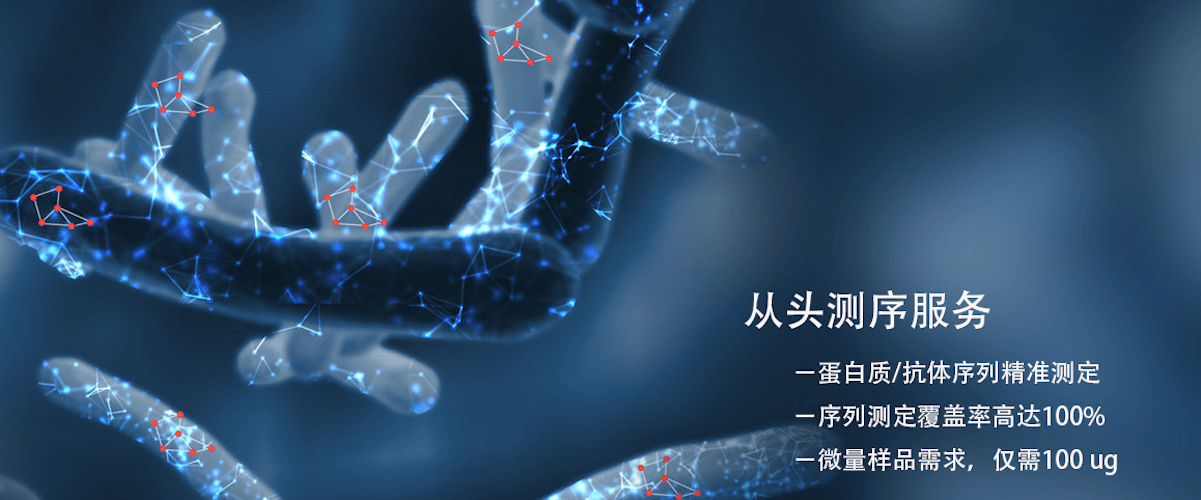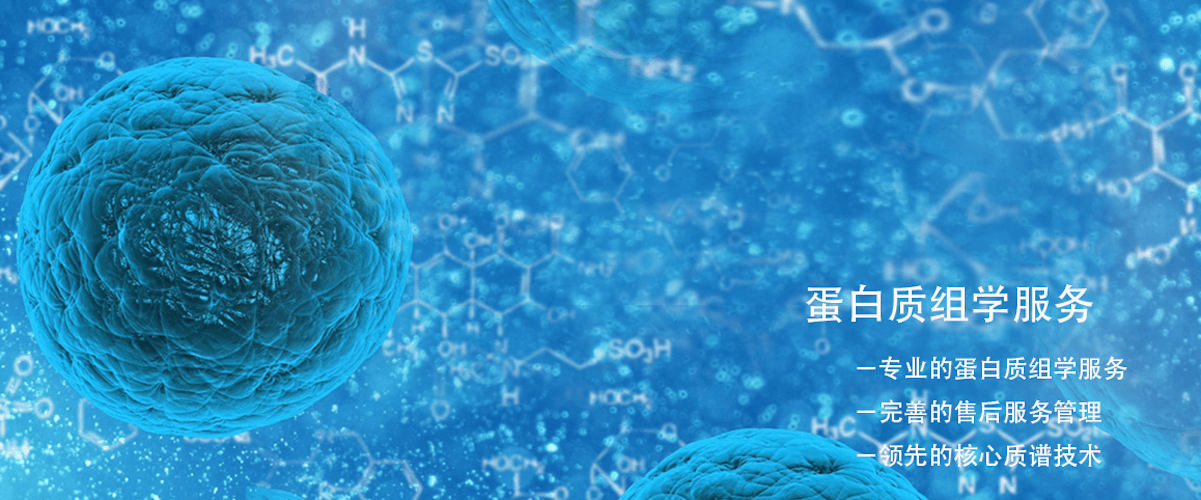How to perform peptide mapping experiments?
The following are the basic steps of peptide mapping experiments for your reference:
1. Sample Preparation
- Protein Extraction: Select an appropriate extraction method (such as cell lysis, ultrasonic disruption, etc.) to extract the target protein from the sample.
- Protein Purification: If necessary, purify the protein using methods such as gel filtration, ion exchange chromatography, or affinity chromatography.
2. Protein Digestion
- Enzyme Selection: Common proteases include trypsin, chymotrypsin, Lys-C, etc.
- Digestion Conditions: Choose appropriate buffers and conditions (such as temperature, pH) based on the properties of the enzyme. Typically incubate at 37°C for several hours to overnight.
3. Peptide Separation
- High-Performance Liquid Chromatography (HPLC): Use reverse-phase HPLC (RP-HPLC) to separate the digestion products. Select appropriate columns and mobile phases to separate based on the polarity and size of the peptides.
- Gradient Elution: Typically use a water-acetonitrile (or water-methanol) gradient elution, where mobile phase A is water + 0.1% trifluoroacetic acid (TFA), and mobile phase B is acetonitrile + 0.1% TFA.
4. Peptide Detection
- Mass Spectrometry Analysis: Use a mass spectrometer to detect the peptides separated by HPLC.
- Data Analysis: Use mass spectrometry data analysis software (such as Mascot, Proteome Discoverer) to identify and match the peptides.
5. Data Interpretation
- Peptide Mapping: Draw a peptide map based on the HPLC and mass spectrometry data, showing the retention times and mass spectrometry peaks of each peptide.
- Comparison and Identification: Compare the experimentally generated peptides with known protein sequences in databases to confirm protein identity and cleavage sites.
- Analysis and Verification: Verify the structure and modification status of the protein by comparing peptide map data, and detect possible mutations, post-translational modifications, etc.
Notes
- Sample Handling: Ensure that the purity and concentration of the protein sample are suitable for digestion and subsequent analysis.
- Digestion Efficiency: Optimize digestion conditions to ensure efficient and complete digestion.
- Data Quality: Ensure the resolution and sensitivity of HPLC and mass spectrometry data to obtain accurate peptide information.
Biotech Pack Bio-technology - A high-quality service provider for bioproduct characterization and multi-omics mass spectrometry detection
Related Services:
Submit Inquiry
Name *
Email Address *
Phone Number
Inquiry Project
Project Description*
How to order?





